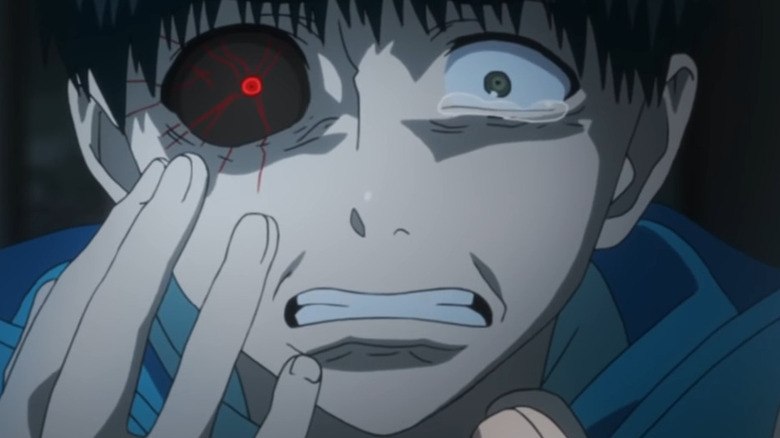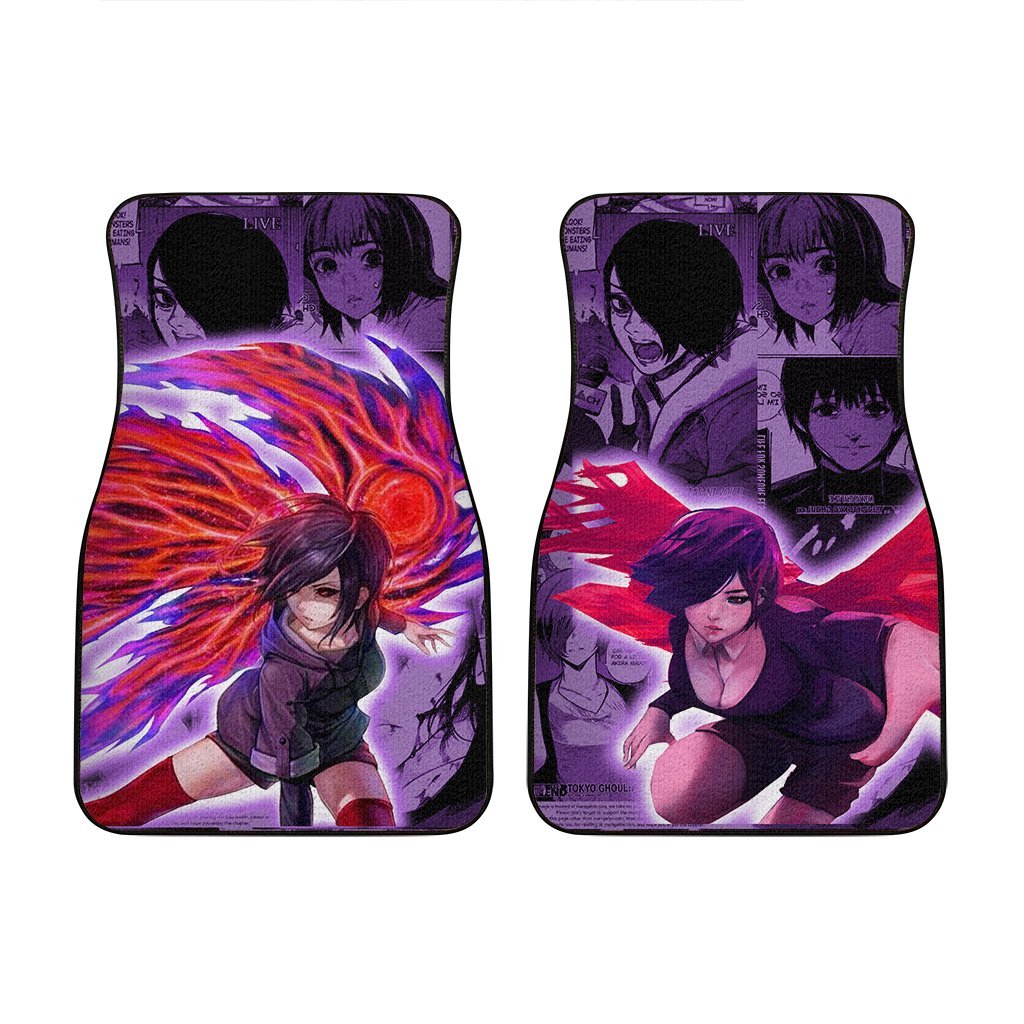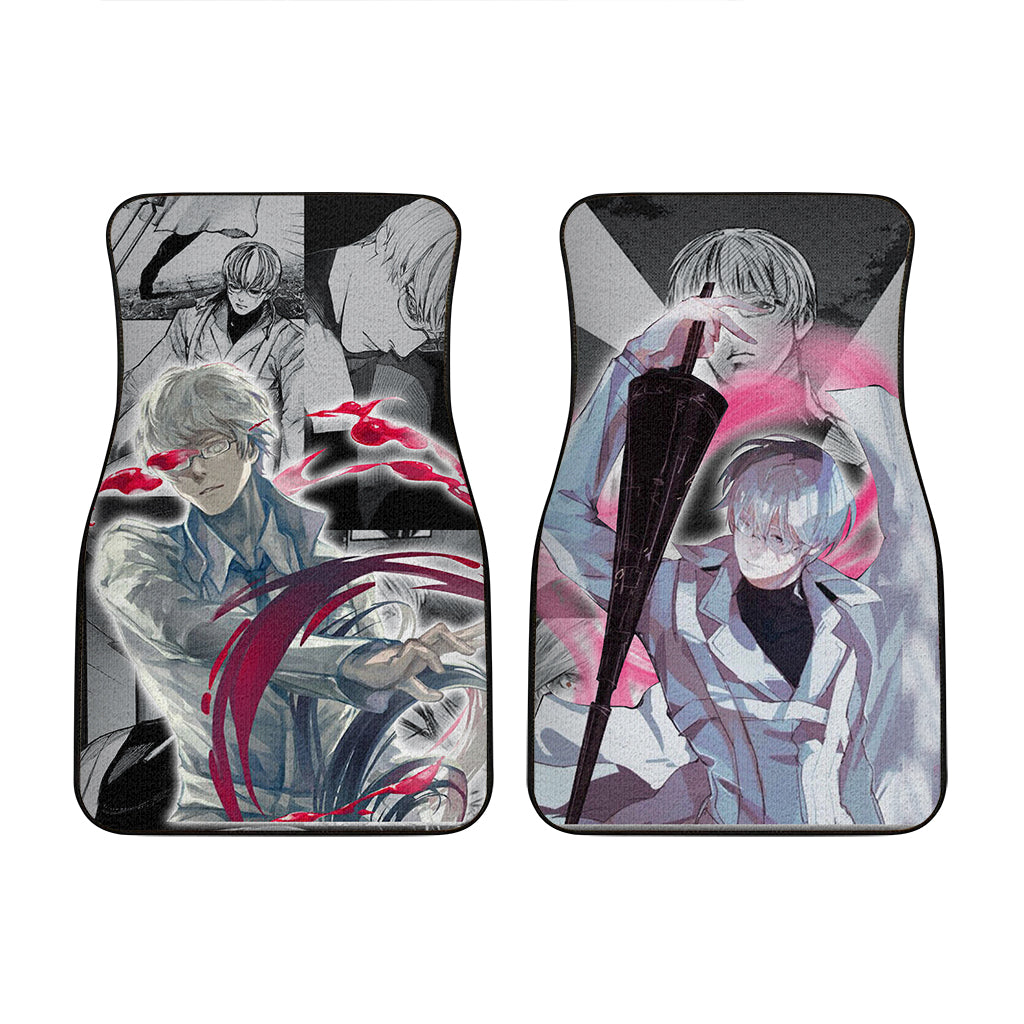Anime, Tokyo Ghoul
Tokyo Ghoul’s creator drew from his Christian upbringing for the ghouls

Tokyo Ghoul, celebrated as one of the best manga within the Seinen anime genre, has captivated fans with its dark fantasy narrative and stunning artwork. Created by Sui Ishida, the series introduces a world where ghouls, humanoid creatures who consume human flesh to survive, exist in secrecy alongside humans. The protagonist, college student Ken Kaneki, undergoes a tragic transformation into a half-ghoul after a fateful encounter. His struggle to adapt to his newfound existence and the challenges he faces form the core of the manga.
Ishida’s artistic prowess shines through in Tokyo Ghoul, seamlessly blending the supernatural and grotesque with visually striking illustrations. The anime adaptation successfully captures the essence of Ishida’s designs, bringing the story to life for viewers. However, beyond the stunning visuals, Ishida crafted an original premise that goes beyond surface-level horror. Beneath the surface, Tokyo Ghoul explores themes of societal exclusion and the feeling of being an outsider—a sentiment Ishida himself experienced due to his Christian upbringing.
Christianity is not a widely practiced religion in Japan, with only around 1% of the population identifying as Christian. Growing up as part of this minority, Ishida felt alienated and struggled to find a sense of belonging. In a fan-translated interview, Ishida revealed that his parents were Christian, and this unique upbringing greatly influenced his perspective on societal dynamics. Drawing from his own experiences, Ishida created the concept of ghouls as tragic outsiders in Tokyo Ghoul, highlighting the parallel between their hidden existence and his own sense of alienation.

The character of Ken Kaneki, a half-ghoul, serves as a powerful representation of empathy and coexistence. Ishida intentionally designed Kaneki to empathize with both humans and ghouls, reflecting his own desire to bridge the gap between different social groups. Through Kaneki’s journey, Ishida explores the possibility of coexistence between humans and ghouls, delving into the complexities of morality and understanding.
Moreover, Ishida’s connection to Christianity and his experiences as an outsider are not the only influences on Tokyo Ghoul. The series stands out for its examination of psychological struggles and the blurred lines between good and evil. As the story unfolds, the concepts of heroes and villains become increasingly ambiguous, challenging traditional notions of morality. Ishida’s narrative encourages readers to question their preconceived notions and empathize with characters who inhabit morally gray areas.

Furthermore, Ishida’s passion for storytelling extends beyond Tokyo Ghoul. His admiration for Marvel’s “Moon Knight” is evident in the special artwork he created featuring both Moon Knight and Ken Kaneki. The similarities between the troubled protagonists of both series are striking, as they navigate violent and shadowy worlds while grappling with their own internal conflicts. Ishida’s artistic homage to Moon Knight further demonstrates his ability to connect with multifaceted characters and explore themes of mental illness and personal transformation.
In conclusion, Tokyo Ghoul stands as a testament to Sui Ishida’s unique creative vision. Inspired by his Christian upbringing and personal experiences of alienation, Ishida crafted a manga that delves deep into the human psyche and challenges societal norms. Through visually captivating artwork, complex characters, and thought-provoking narratives, Tokyo Ghoul invites readers to contemplate the boundaries of humanity, the complexities of empathy, and the universal desire for acceptance.
We bring out some of the most well-known Tokyo Ghoul Collection, all of which are available at reasonable costs. Visit our link now if you are interested in the Tokyo Ghoul Collection


Ken,Touka,Rize,Shu,Yoshimura
